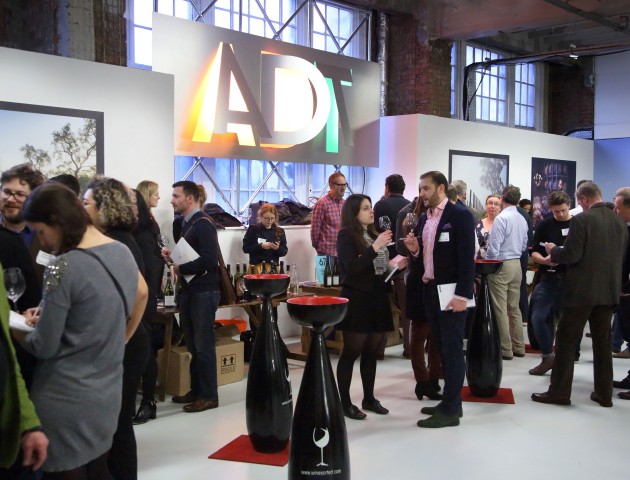
ADT: Aussie alternatives
An assortment of varietals continued to challenge the Shiraz, Cabernet Sauvignon, Chardonnay, Sauvignon Blanc, Sémillon and Riesling ‘quo at Tuesday’s Australia Day Tasting in London, showcasing an ongoing innovative streak when it comes to plantings and blends.
Alongside the tried and tested Italians - Viognier, championed by Negociants under the Yalumba brand, and also Nebbiolo and Sangiovese – there was a healthy spattering of Barossa Tempranillo (Yalumba and Running with Bulls) and Malbec (Vinemeind Clare Valley) with some influence coming from Grüner Veltliner – Austria’s premiere grape.
For Ben Turner, UK marketing manager at Australian Vintage (McGuigan), Riesling, Pinot Noir and Malbec are garnering the most excitement in the lab at the moment, alongside work already done to fine tune Sémillon and Grüner Veltliner under the Nepenthe brand, newly returned to the UK at the end of last year.
Also flying under the radar but impressing nonetheless was Grenache, with several major suppliers eager to introduce their wines to prospective clients at ADT.
Advocates include Alliance Wine’s Giles Cooke MW, who based Alliance’s own-production project – Adelaide Hills' Thistledown Wine Company – on Grenache and who is also behind the Riverland Old Vine project, working with Ashley Ratcliffe from Ricca Terra Farms to make the older vineyards in the Riverland sustainable for the long term.
Thistledown’s newest release, She’s Electric McLaren Vale Grenache 2017, is made from a plot of half-destroyed vines, which, having partly met their end in a fire involving an unlucky bird and a power line, makes for an amusing back story (and which tells itself pretty accurately on the label).
“We made our name in the 2000s with several Australian boutique wineries and Australia continues to be a very significant category for us,” Cooke told Harpers.
“With Thistledown, we have an important anchor in Australia, especially as the whole of Australia, New Zealand and Asia is growing. I think the growers value the fact we’re not just there in Australia – we’re working around the world to promote the wines and Australian-grown Grenache, which should really be the main grape variety for South Australia. It’s drought resident, ripens late which is vital in heat and is very food friendly.”
Also behind the GSM Rhone Valley varietals, is Matthew Clark with Shingleback Red Knot McLaren Vale Grenache, Shiraz and Mourvèdre 2015, which for Australian buyer Judith Nicholson, sits nicely alongside Chalk Hill Italian inspired range as part of a grape-focused portfolio.
“Australia has done well selling on grape variety,” she said. “Consumers might not know a Chianti is Sangiovese, but in Oz, they will sell it as Sangiovese, which also helps to build recognition of these grapes internationally. These wines play to Australia’s strengths.”
At the back of great grape talk loomed an ever-imposing trio of Brexit, harvest issues and increased competition from China and the US, which have continued to push price rises on imports from Oz over the past year or so.
China and the US seem more Old World focused, said Nicholson, although she predicted that “with a lack of wine everywhere, this might be the year big brands like Penfolds make their mark”.
“The UK will continue to be a strong market for Australia,” she continued. “When winemakers first started exporting in the 1960s, the UK was how they made their money. They’re still really protective of the UK as a market.”
Announcing the most recent export figures from Wine Australia at ADT, CEO Andreas Clark said a growing demand for premium Australian wine, particularly in northeast Asia, increased the value of bottled wine exports by 15% to AU$2.1 billion.
Wine Australia is clearly keen to push the country’s premium agenda, and looking back at the innovative streak shining bright at Tuesday’s tasting, this should be more than achievable – if everyone is singing from the same hymn sheet.
As Cooke observed, in general terms: “Australia need to be more interesting, especially the big brands which are making the vast majority of the wines. The category can’t afford to be complacent.”




